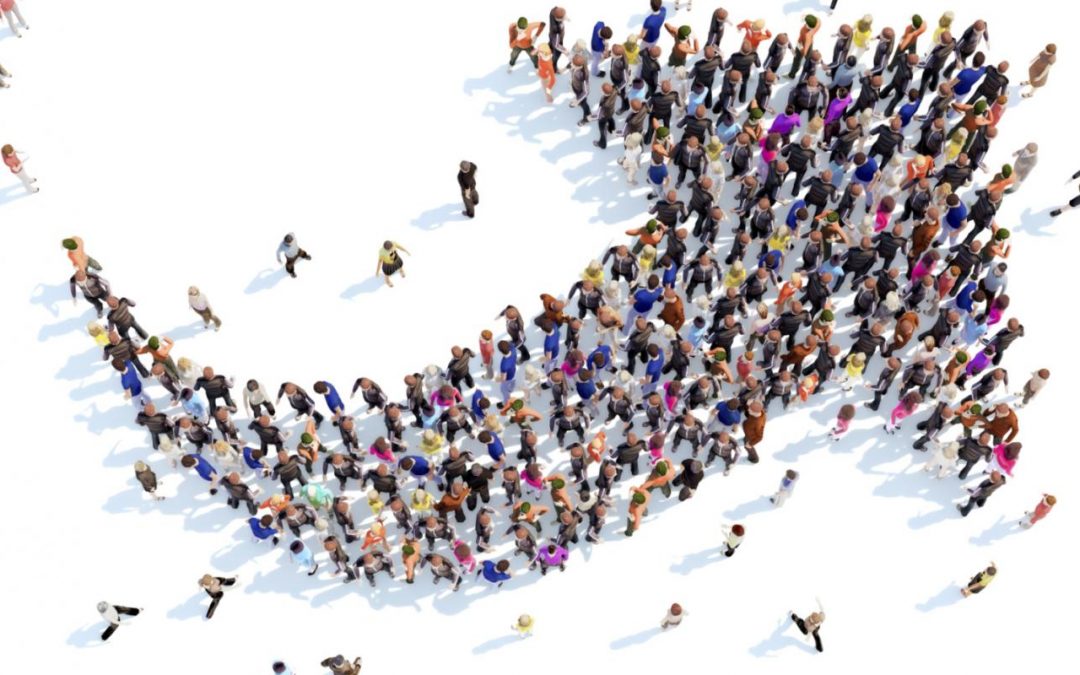In theater, actors and stage elements are deliberately positioned based on how and where the director wants the actors to move. This is called blocking. Meetings and events require the same deliberate choices, and we call it flow.
The most critical success factor for events is the flow. How easy is it for your guests to move around and get the full value of the event experience, whether networking, learning, eating, drinking, enjoying entertainment, or some combination of these? Here are three things to consider with regard to your event setup:

1. Energy. Think about maintaining your event’s momentum. When people are in a continuous movement, there is a feeling that goes with that—of energy, excitement, life. Show me an event with a bottleneck or a long line at the food station and the feeling instead is one of needing oxygen: Get me out of here!!!
2. Attention. Because every venue is different, every set of choices about the physicality of a space is different. The challenge is to conceptualize a design plan that engages the audience appropriately and is directly related to the world you are inviting people to enter. For example, if new products, services, or messaging are being introduced, think about where to position the signage (both digital and analog), demo areas, interactive stations, or displays that will make the introductions. Place them near registration, a lounge, popular food stations, or a specialty bar, thereby signaling “I’d like your attention.”
One of the children’s charities I’ve worked with has a computer unit that fits over hospital beds for children to play with. At events, we display it on a small round stage with lighting. Round enables attendees to see the unit from all directions and it becomes part of the décor.
3. Deliberate Choices. The process of making choices that affect traffic, energy, and attention is what I call “kinetic engineering.” This concept requires a new way of seeing when you’re doing a site visit. As you walk the venue, identify obstacles and put yourself in attendees’ shoes.
For example, how you work with columns, ramps, balconies, windows, and stairs is based on the type of meeting or event being held and can be either a creative choice or distraction. Let’s take working in a room with columns. How we position décor and furniture around them, create food stations around them, use them for display, lighting effects, or audiovisual, makes the difference between obstacle or opportunity. With a low budget, I create a set up with a variety of rounds, both high-tops and cocktail size, to create varying heights and something to distract from what could be an impediment in the space. The simple act of shifting a square table into a diamond shape can change the flow of a room and opens up movement.

Whatever your deliberate choices, remember that the physical space is your stage and that this is a critical element of strategic meeting design.

